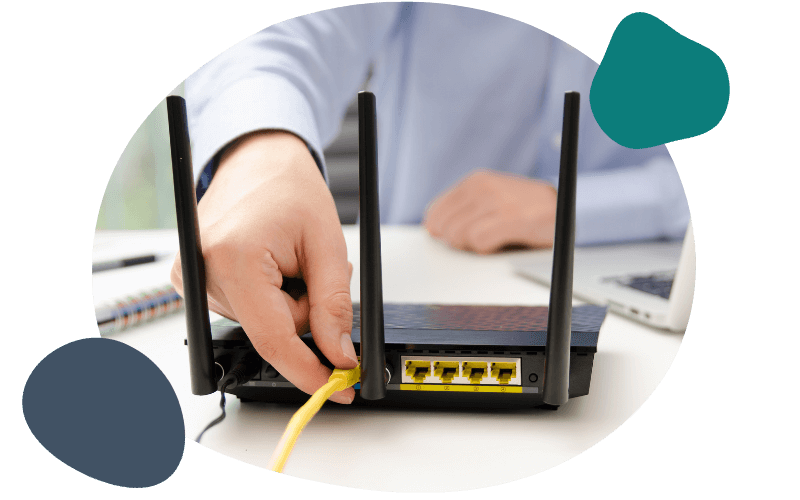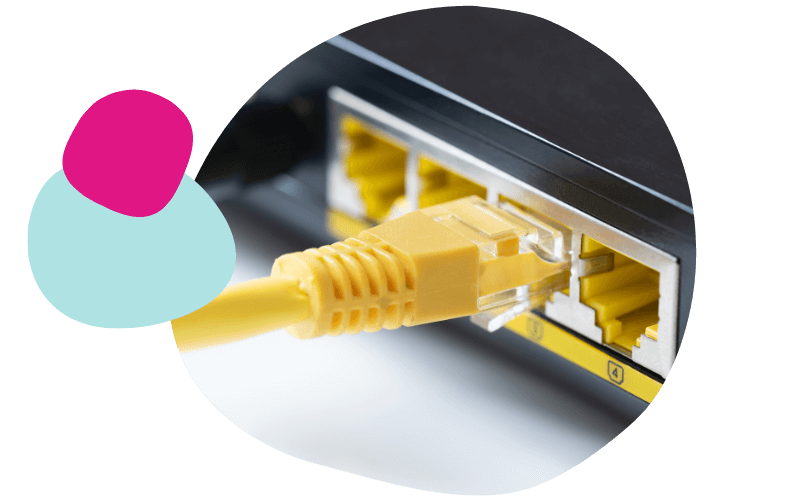1. The Physical Connection: First things first, you plug the LAN cable into the network port on your device and another port on your router or internet access point.
2. Turning Data into Signals & Send: When your computer wants to send information (like loading a webpage or sending an email), tiny electrical signals are sent along the twisted copper wires inside the cable. Twisting them helps to reduce interference from other electrical signals, making sure your data travels cleanly and without getting mixed up.
3. Decoding the Signals: The receiving device (your router) then reads these electrical signals and decodes them back into the original information.
4. Two-Way Street: Your router can then send information back to your computer using the same process. This allows for constant back-and-forth communication, which is how you can browse the internet, stream videos, and do all sorts of online activities.


